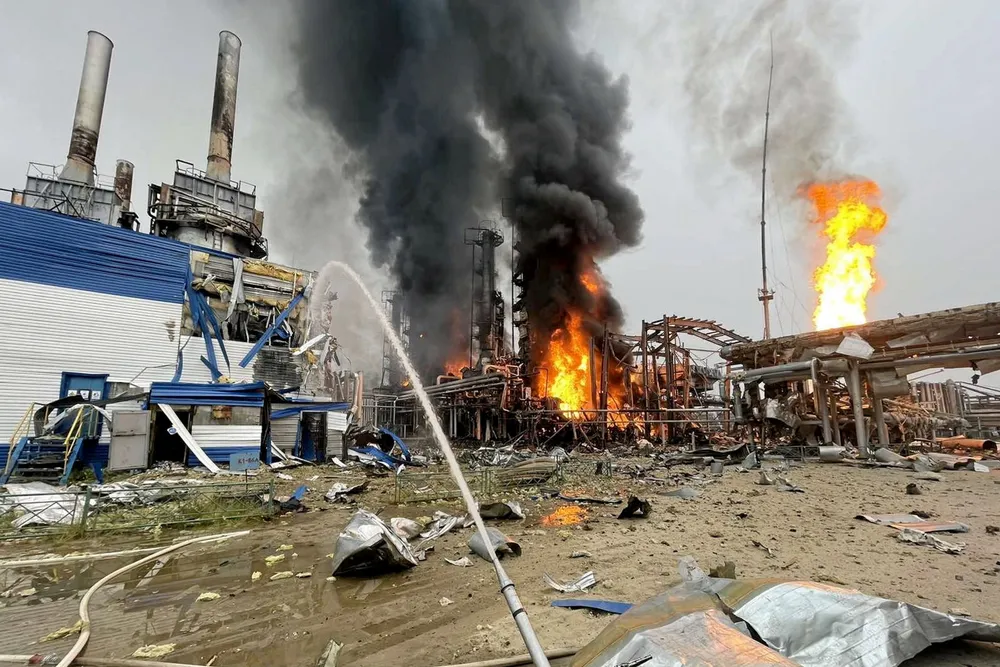Gazprom eases gas production curbs on fire-stricken Yamal-Nenets fields
Russian gas monopoly puts key condensate processing facility back in operation after severe accident

Russian gas monopoly puts key condensate processing facility back in operation after severe accident
